GHA Environmental adopt various methods with the control and eradication of Japanese Knotweed. These methods will vary from case to case but usually involve one, or a combination of, the following more popular methods:
HERBICIDE TREATMENTS
Often the most economical treatment option, chemical control is the application of specialised herbicides to Japanese Knotweed plants over a period of several growing seasons.
Once a site has been surveyed GHA will develop a tailored herbicide eradication programme dependant upon each individual clients needs, and will vary according to timescales, environmental issues (such as the proximity to water) and age and size of the knotweed stands. The chemicals are then applied to GHA’s highly trained staff, either via backpack sprayers or stem injection, typically over a period of 2 – 5 years.
This control solution is often the most realistic option for domestic properties. For commercial development it is only feasible if the proposed development is compatible with the timescales involved.
STOCKPILING
Stockpiling, or bunding, involves moving Japanese knotweed to another area of the site where it is then subject to an herbicide treatment programme
Should development plans dictate that a stand of knotweed has to be removed, then stockpiling is a method that avoids the costly removal of contaminated material and soil to landfill. Once excavated and bunded, the plant will quickly regenerate, allowing the application of an herbicide treatment programme whilst development work continues elsewhere on site.
ON-SITE BURIAL
Japanese Knotweed material is excavated and buried on-site, the material being encapsulated in a geotextile membrane.
When development plans do not allow for herbicide treatment or stockpiling, cell burial can be a cost-effective alternative to removal to landfill. Japanese knotweed is excavated and placed in a pit lined with a geotextile membrane, sealed and covered with 2m of soil.
This method allows development work to continue immediately, yet does require an area of the site to be set aside, free from development.
REMOVAL TO LANDFILL
Japanese knotweed material and infested soil is excavated and removed to an appropriately licensed waste management facility
Sometimes the only suitable solution is the removal of Japanese knotweed contaminated soil for disposal at landfill. Although relatively expensive, this method is fast and allows development work to continue immediately after removal. A GHA Environmental Clerk of Works will supervise the excavation, keeping to a minimum the amount of material that goes to landfill, yet ensuring that no knotweed rhizome remains.



